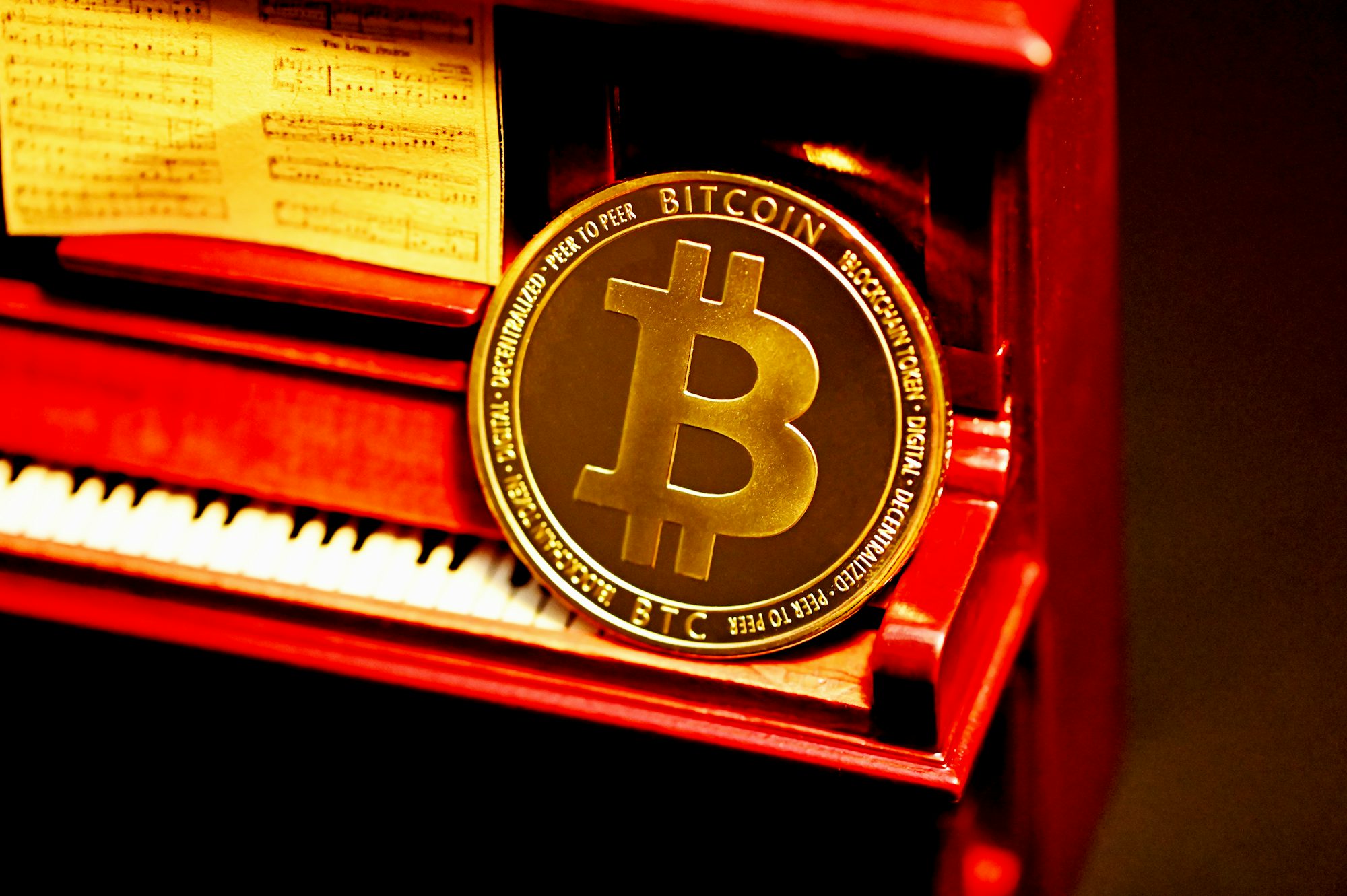One of the most appealing aspects of DeFi is its ability to provide financial services to individuals who are often excluded from traditional banking systems. Over two billion people worldwide lack access to basic banking services, primarily due to geographical barriers and stringent regulatory requirements. DeFi platforms can bridge this gap by enabling anyone with an internet connection to access a range of financial products. This inclusivity empowers individuals in developing regions to engage in economic activities that were previously unavailable to them, fostering financial independence and entrepreneurship.
Moreover, DeFi platforms offer greater transparency and security compared to traditional financial institutions. Transactions are recorded on public blockchains, allowing users to verify their authenticity without relying on a central authority. This transparency can help reduce fraud and increase trust among users, as they can independently audit transactions and protocols. Additionally, smart contracts—self-executing contracts with the terms of the agreement directly written into code—automate processes, minimizing human error and enhancing security.
The range of services available within the DeFi ecosystem is vast. Users can engage in lending and borrowing through decentralized lending platforms, where they can earn interest on their cryptocurrency holdings or take out loans without the need for credit checks. Liquidity pools allow users to provide capital to decentralized exchanges, earning rewards in return. Yield farming has emerged as a popular strategy, enabling investors to maximize returns by moving assets between various platforms to take advantage of the highest interest rates.
Furthermore, the DeFi space is witnessing a surge in innovative financial instruments. Derivatives, insurance products, and synthetic assets are becoming more accessible, allowing users to hedge risks, protect against market volatility, and gain exposure to different assets without owning them outright. This innovation fuels competition among platforms, driving improvements in user experience and functionality.
However, the rapid growth of DeFi is not without its challenges. One significant concern is the risk of smart contract vulnerabilities. While these contracts automate transactions and processes, they are also susceptible to bugs and exploits. High-profile hacks have occurred in the DeFi space, resulting in significant financial losses for users. This highlights the importance of rigorous auditing and testing to ensure the security of DeFi protocols, as a single flaw can compromise an entire platform.
Regulatory uncertainty is another challenge facing the DeFi sector. As it continues to grow, governments and regulatory bodies around the world are beginning to scrutinize decentralized finance closely. The lack of centralized control makes it difficult for regulators to enforce compliance with existing financial laws, raising questions about the legal status of DeFi platforms. This uncertainty can create apprehension among potential users and investors, hindering the sector's growth and mainstream adoption.
Moreover, the volatility of cryptocurrencies poses risks for DeFi participants. Many DeFi platforms are built on digital assets that can experience significant price fluctuations. While this volatility can create opportunities for substantial gains, it also increases the likelihood of losses. Users must navigate this risk carefully, as margin calls on loans can occur swiftly, leading to liquidation of assets in adverse market conditions. Proper risk management strategies and education about the inherent risks are essential for individuals engaging in DeFi.
Another concern is the potential for over-leverage in the DeFi space. As users seek to maximize their returns, some may take on excessive debt by borrowing against their assets. This behavior can lead to a cascading effect during market downturns, as liquidations may occur across multiple platforms simultaneously. The interconnectedness of DeFi protocols can exacerbate market volatility, creating a scenario where a single event can trigger widespread liquidations and significant financial turmoil.
Despite these challenges, the potential of DeFi is immense. As technology continues to evolve, we can expect to see improvements in security protocols, regulatory clarity, and user education. The DeFi sector is also likely to witness increased collaboration with traditional financial institutions, as they recognize the value of blockchain technology and seek to integrate its benefits into their operations. This hybrid approach could pave the way for a more inclusive financial system that combines the best aspects of both decentralized and centralized finance.
In addition, the future of DeFi will likely involve advancements in user interfaces and experiences. As the space matures, platforms will prioritize ease of use, making it more accessible for individuals with limited technical knowledge. Streamlined onboarding processes, intuitive dashboards, and educational resources will be crucial in attracting a broader audience and fostering trust in decentralized financial services.
As we look to the future, the DeFi ecosystem is set to play a pivotal role in shaping the next generation of financial services. By breaking down barriers to entry, enhancing transparency, and fostering innovation, DeFi has the potential to empower individuals and promote financial inclusion on a global scale. However, it is essential for users to remain vigilant, educate themselves about the risks, and adopt responsible practices as they navigate this rapidly evolving landscape. The journey toward a decentralized financial future is just beginning, and those who embrace it with awareness and caution may find themselves at the forefront of a financial revolution that could redefine how we manage money and access financial services for years to come.
